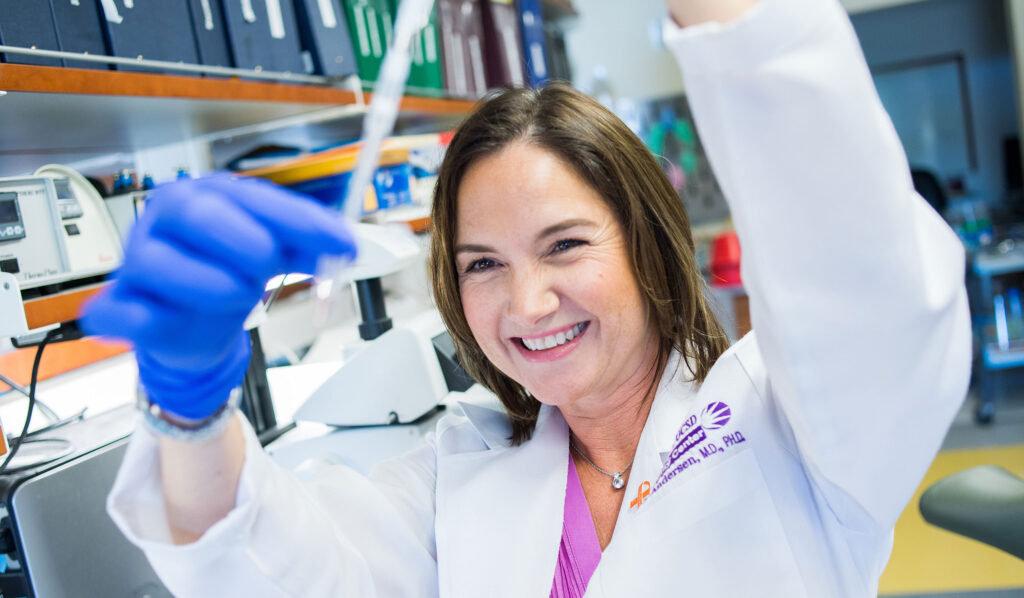
In Vitro Fertilization (IVF) often produces multiple embryos (fertilized eggs). Some couples with multiple embryos choose to have only one of those embryos transferred to the womb. This is called elective single embryo transfer. The embryo is either at the cleavage stage (usually 2-3 days after fertilization) or the blastocyst stage (usually 5-6 days after fertilization).
As one of the few fertility treatment centers in the country placing a major emphasis on elective single embryo transfer, we have taken care to optimize the process. In the past, the viability of the embryos was compromised by freezing them; a newer cryopreservation technique called vitrification has greatly improved the quality of frozen embryos. They are now virtually as healthy as fresh embryos.
Our primary goal in using eSET is the health of both mother and baby. Transferring more than one embryo increases the likelihood of a multiple pregnancy (twins, triplets, etc.), which, in turn, increases the chance of complications. Multiple pregnancy can lead to premature delivery and the problems that frequently accompany it, including cerebral palsy, long-term lung and gastrointestinal problems, and even neonatal death.
Approximately 30% of IVF pregnancies result in twins, and another 3% to 4% result in triplets or a higher order pregnancy in the United States.
We also employ Preimplantation Genetic Screening (PGS), wherein each embryo is tested to determine whether all of its chromosomes are normal. By transferring only a single, chromosomally normal embryo, multiple pregnancies are dramatically reduced, and the mother’s and the child’s health risks and the rate of miscarriage are dramatically decreased.
Typically, women with the best prognosis for pregnancy are considered for eSET. Candidates generally meet the following criteria:
We believe eSET is the most effective way to help patients and reduce risks, resulting in greater success achieving healthy pregnancies.
Our skilled fertility specialists are here to help. Contact us today and let’s discuss the next phase of your fertility journey.